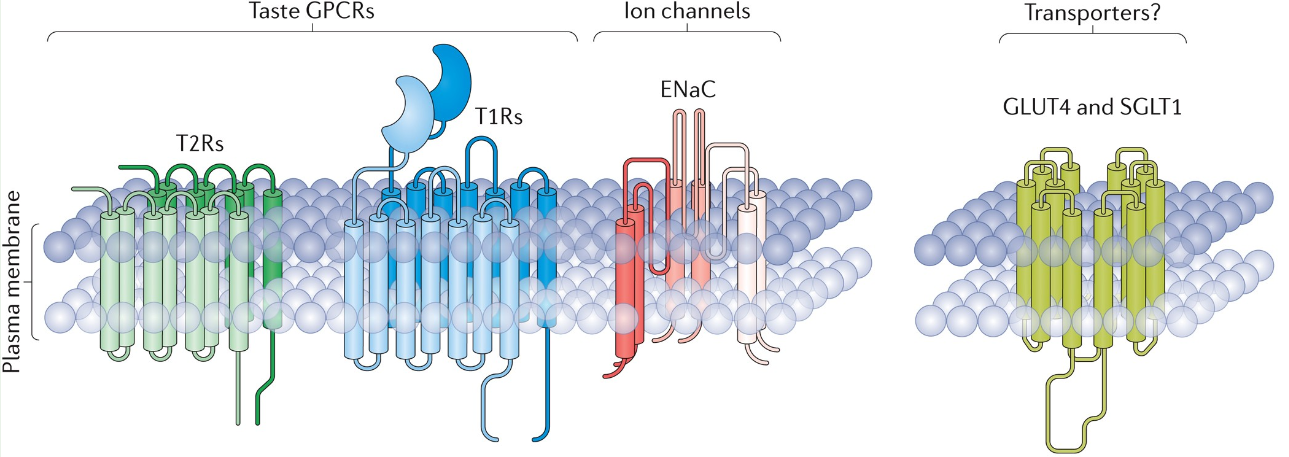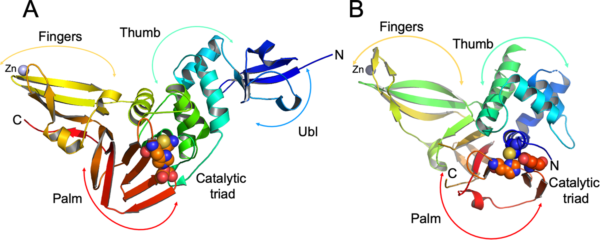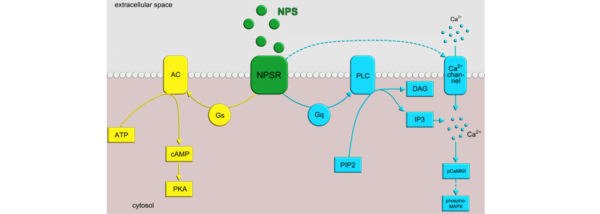Taste perception is a fundamental aspect of our daily lives, influencing our food choices, preferences, and overall enjoyment of eating. At the forefront of taste perception are the G protein-coupled receptors (GPCRs) belonging to the Taste family. These unique receptors play a pivotal role in detecting and transducing the sense of taste, allowing us to discern the sweet, sour, bitter, salty, and umami flavors. Their importance in taste perception has ignited significant interest in understanding their mechanisms and identifying ligands and inhibitors that can modulate their activity.
The GPCR Taste family comprises a diverse set of receptors, including T1R1, T1R2, T1R3, T2R, and TAS2Rs. Each receptor within this family recognizes specific taste molecules and triggers a cascade of signaling events that ultimately culminate in the perception of taste. For instance, the T1R1 and T1R3 receptors form a heterodimer that specifically responds to savory umami flavors, while the T1R2 and T1R3 heterodimer detects sweet tastes.
In recent years, considerable efforts have been dedicated to identifying ligands that bind to GPCR Taste family receptors. This has led to the development of a vast library of natural and synthetic compounds capable of activating or modulating the activity of these receptors. For example, numerous sweeteners have been discovered, such as sucralose, aspartame, and saccharin, which bind to the T1R2 and T1R3 heterodimer, providing a sweet taste without the caloric content of sugar.
On the other hand, bitter taste receptors (T2Rs/TAS2Rs) have garnered significant attention due to their potential as targets for therapeutic interventions. Bitter tastants can range from naturally occurring compounds in plants, such as caffeine and quinine, to synthetic molecules. By understanding the signaling pathways stimulated by bitter tastants, researchers have begun exploring the development of bitter taste inhibitors that can mitigate the unpleasant taste associated with certain medications, enhancing patient adherence and palatability.
However, the vast library of ligands does not solely encompass agonists that activate taste receptors. Researchers have also been keen on identifying antagonists or inhibitors that can effectively block or modulate taste perception. These inhibitors could potentially be used in various applications, from reducing sugar intake to altering the perceived taste of certain foods or medications.
It is worth noting that the discovery and development of taste receptor ligands and inhibitors face unique challenges. The taste perception system is complex, with interactions between different receptors and overlapping responses. Additionally, taste preferences can vary significantly across individuals, making the identification of universally accepted compounds a daunting task. However, advancements in molecular biology, high-throughput screening methods, and computational modeling are aiding researchers in uncovering the intricate mechanisms underlying taste perception.
The implications of a comprehensive library of GPCR Taste family ligands and inhibitors extend beyond the realm of taste perception. Understanding taste receptors can provide insights into various physiological processes, including nutrient sensing, metabolism regulation, and the interplay between taste and human health conditions, such as obesity and diabetes.
Ultimately, the pursuit of ligands and inhibitors for GPCR Taste family receptors fuels exciting research and opens doors for novel applications in the food industry, medicine, and wellness. Whether it involves finding healthier alternatives to sugar, enhancing medication adherence, or uncovering the secrets of taste perception, the exploration of this intricate world of flavor receptors holds the potential to revolutionize our understanding of taste and transform how we experience the wonders of flavors in our daily lives.




